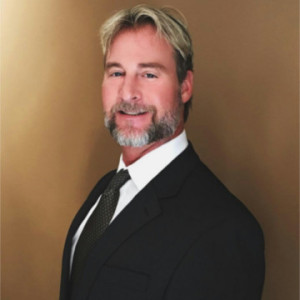From Sound of Silence* to Sound of Caring

Thomas Dahlborg
Director (Healthcare),
Global Listening Centre.
“Music has charms to soothe a savage breast.”
~ British dramatist William Congreve, 1697
Often when I set about to write, I listen to music for inspiration.
Hello darkness, my old friend
I’ve come to talk with you again
And it is in this listening that I find my heart, my mind, my soul open and engage.
Because a vision softly creeping
Left its seeds while I was sleeping
And it was recently, as inspiration began to percolate, that I listened to the Sound of Silence performed by Disturbed.
And the vision that was planted in my brain
Still remains Within the sound of silence
I have been preparing a presentation on the importance of individualizing patient care and within this construct the power and impact of listening.
The most basic of all human needs is the need to understand and be understood. The best way to understand people is to listen to them.
~ Ralph Nichols, PhD
In restless dreams I walked alone
Narrow streets of cobblestone
According to the Joint Commission, communication failure was at the root of over 70 percent of serious adverse health outcomes in hospitals. Yes. 70%. Listening effectively, attentively, intentionally and for understanding, is not just the “nice” stuff. It saves lives.
And in the naked light I saw
Ten thousand people, maybe more
Two out of every three patients are discharged from the hospital without knowing their diagnosis.
People talking without speaking
People hearing without listening
In over 60 percent of cases, patients misunderstand directions after a visit to their doctor’s office.
People writing songs that voices never share
And no one dared
Disturb the sound of silence
Physicians interrupt their patients within 12 to 18 seconds of the patient beginning to share the narrative of their symptoms.
Just listen to your patient, he [she] is telling you the diagnosis.
~ William Osler, MD
Only 23 percent of the time are patients allowed to complete their opening statement where they define their agenda for their visit with their doctor.
Fools, said I, you do not know
Silence like a cancer grows
Yes. A cancer is growing. And this cancer is silence as more and more patients and families give up on us. Give up on trying to be heard and listened to.
Hear my words that I might teach you
Take my arms that I might reach you
They have tried. Under the most challenging of circumstances, (in pain, scared), they have tried to tell us. To teach us. They have with great courage and vulnerability extended their arms, exposing their hearts, to us.
But my words, like silent raindrops fell
And echoed in the wells of silence
But their words have fell as if silent and we have missed their voice, their insights, their wisdom. And we have missed grand opportunities to hold them, to truly care for and about them, and keep them safe.
It is not that the patient is always right. It is not that the doctor is always right.
It’s that it is always right to have a conversation, to listen.
~ Tom Frieden, MD, (former) Director of the CDC
Listening with an open mind and an open heart is hard. We are not programmed to do so. We are not programmed to listen with intention. And we work within healthcare systems of our own creation which minimize and often sabotage this essential skill. And yet, we know better and there are tools, trainings and system improvements we can implement today to ensure we are listening to understand. To help. To honor. (Contact to learn more at : globallisteningcentre@gmail.com )
Together we can improve our listening.
Together we can turn the Sound of Silence to the Sound of Caring.
* The Sound of Silence was written by Paul Simon and originally performed by Simon and Garfunkel. It’s these lyrics (included throughout this piece) and their intense meaning that inspired this message.
Copyright © 2017 Global Listening Centre.
